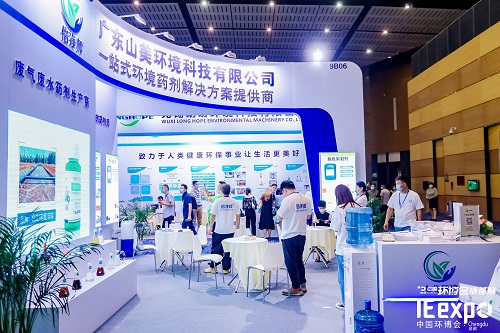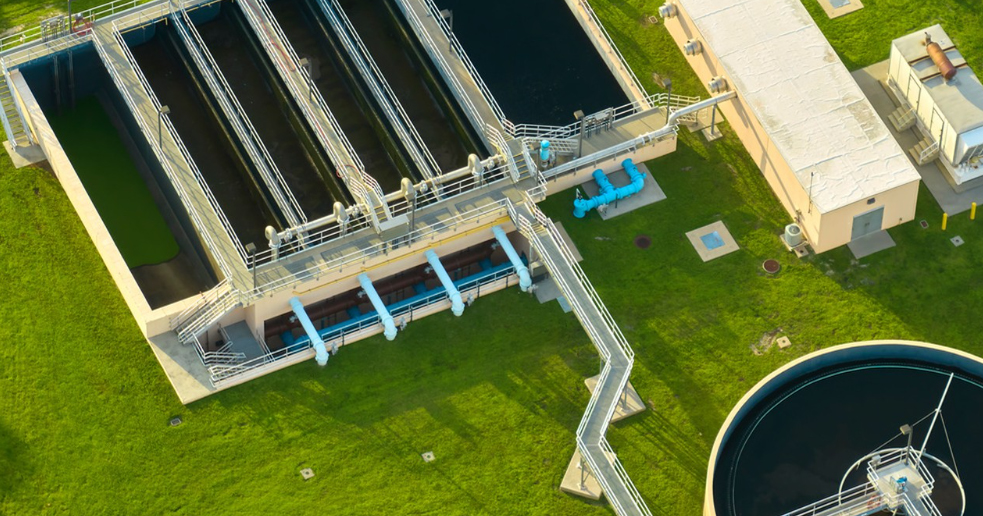The following key factors need to be considered when selecting an appropriate defluorinating agent:
1.Understand the wastewater situation: Firstly, it is necessary to have a detailed understanding of the specific information of the wastewater, including the components in the raw water, the level of fluoride content, the production process flow, and the local discharge standards, etc. This information is helpful for selecting the most suitable defluorinating agent.
2.Select a professional defluorinating agent company: Choose a company that has a professional technical team for treating fluoride-containing wastewater. They can formulate the most appropriate treatment plan according to the specific situation of the wastewater, and truly solve the pain points of enterprises in treating fluoride wastewater.
3.Types and effects of defluorinating agents: Different defluorinating agents are suitable for different ranges of fluoride concentrations and water quality conditions. For example, for water bodies with relatively low fluoride concentrations, adsorptive defluorinating agents such as activated carbon and aluminum oxide can be selected; while for water bodies with relatively high fluoride concentrations, precipitation-type or ion-exchange-type defluorinating agents may be required. In addition, to select a truly high-efficiency defluorinating product, it is necessary to look at the composition of the defluorinating agent and avoid choosing products that can only perform rough defluorination but cannot achieve deep defluorination effects.
4. Economy and environmental protection: The cost, service life, and operation cost of the defluorinating agent will directly affect the overall cost of water quality treatment. Therefore, it is necessary to comprehensively consider its cost performance and select a defluorinating agent that can not only meet the treatment requirements but also reduce costs. At the same time, give priority to defluorinating agents that are non-toxic, harmless, biodegradable, or easy to recycle to reduce secondary pollution to the environment.
5. Practical cases and after-sales service: Select a company with rich practical defluorination cases. In this way, when problems are encountered during the debugging process, it can provide more professional corresponding services and after-sales answers. In addition, it is also very important to understand the after-sales service system of the manufacturer. A good after-sales service system can protect the rights and interests of customers.
The advantages and disadvantages of different types of defluorinating agents:
--Aluminum salt-based defluorinating agents: They have a relatively low price and a wide range of sources, and possess certain flocculation effects. However, their effectiveness is greatly affected by the pH value.
--Calcium salt-based defluorinating agents: They have a high defluorination efficiency and are suitable for treating wastewater with a high concentration of fluoride. But they are sensitive to the pH value.
--Activated alumina defluorinating agents: They have a good treatment effect on water containing a low concentration of fluoride. However, the initial investment cost is relatively high.
--Ion exchange resin-based defluorinating agents: They have a high selectivity for fluoride ions and good regeneration performance. But the cost is relatively high.












